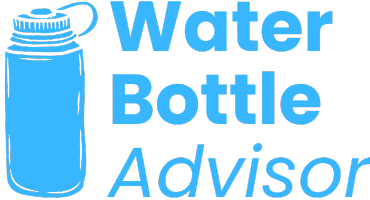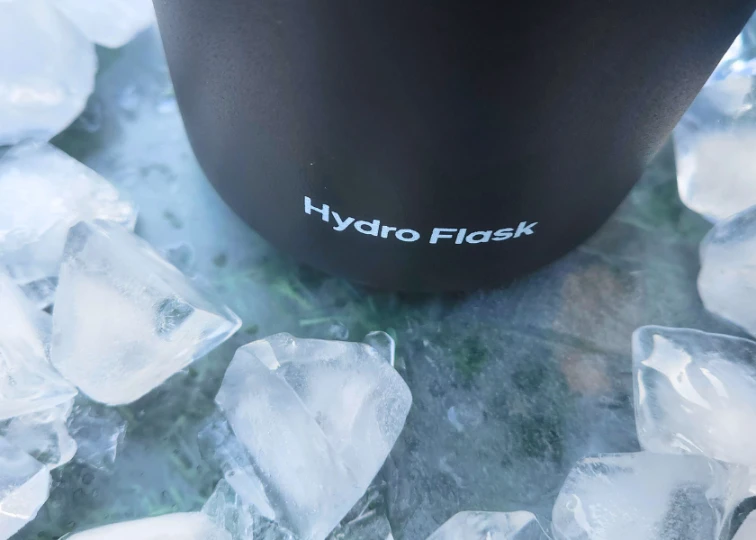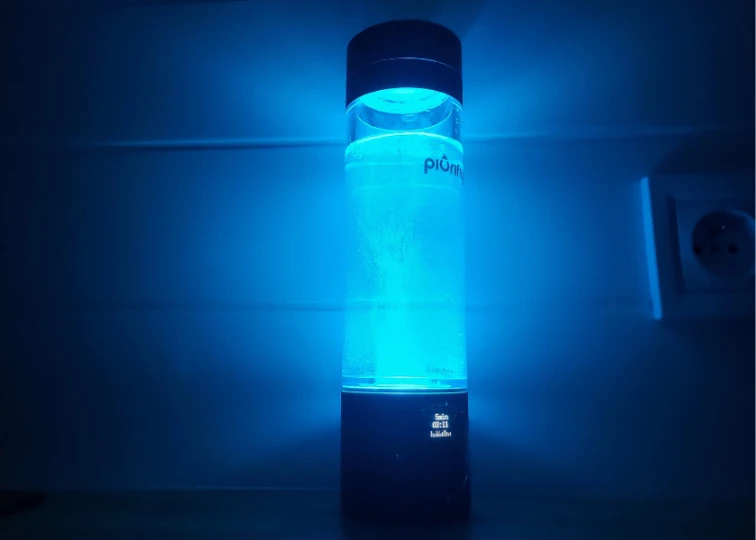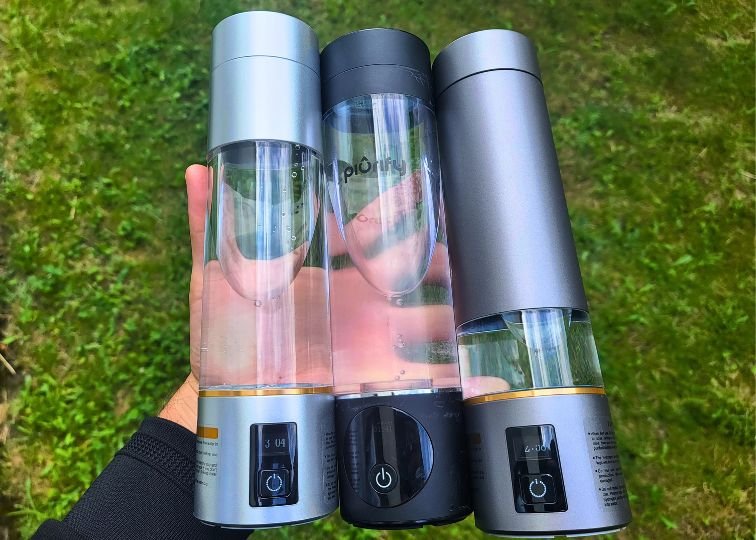These days, insulation is the feature everyone wants in a water bottle, and it makes sense.
A few years ago, I didn’t even think about it. Water was water, and bottles were just… bottles. Then I got my first bottle from Coldest, and wow. That thing changed the game.
So, what makes insulated bottles the best bottle type? Simple: they keep your drinks exactly how you want them for HOURS. Most of them are stainless steel, which means they’re durable, easy to clean, and won’t make your water taste weird.
But just because a label says “insulated” doesn’t mean it’ll actually keep your drink cold past lunchtime.
That’s why I put together this list. Every bottle here has been personally tested, and only the ones that meet the gold insulation standard made the cut.
Some of the links on this page are affiliate links. This means that if you click on one of the links and make a purchase, I may earn a small commission at no additional cost to you.
What Are the Best Insulated Water Bottles?
Water Bottle | Buy Now |
|---|---|
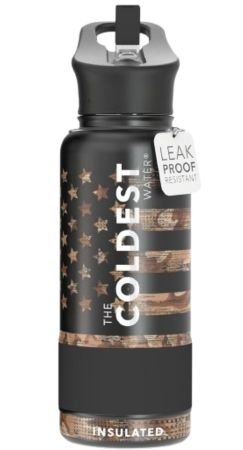 Best Overall Coldest Bottle | 4.85/5 |
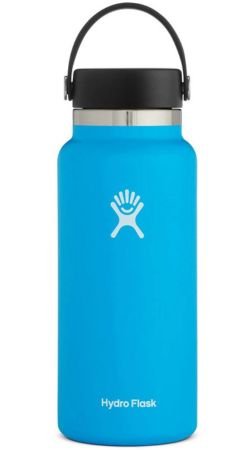 Best Versatility Hydro Flask 32 oz | 4.75/5 |
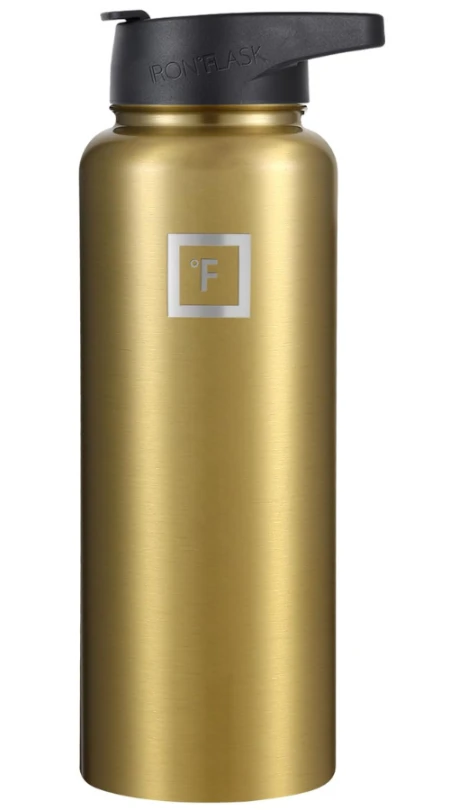 Best Heat Retention Iron Flask 40 oz | 4.37/5 |
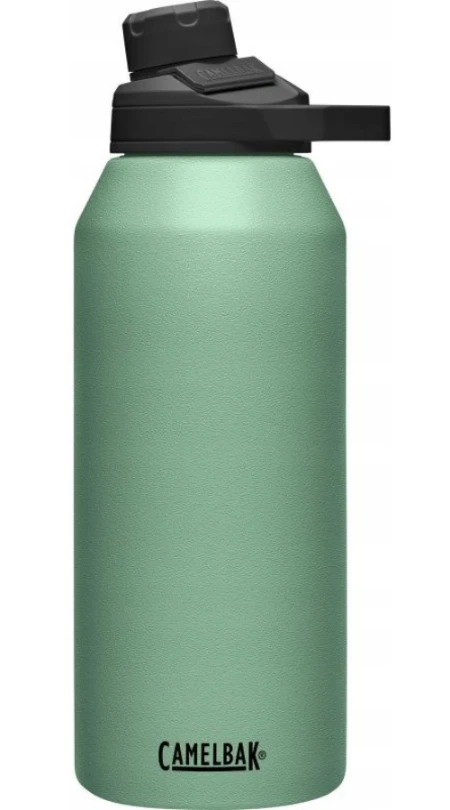 Best Cold Retention CamelBak Chute Mag 40 oz | 4.37/5 |
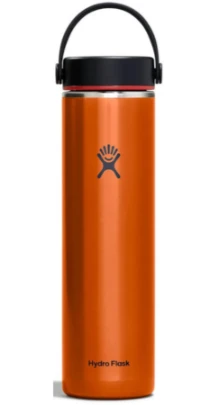 Best Portability Hydro Flask Trail Series | 4.2/5 |
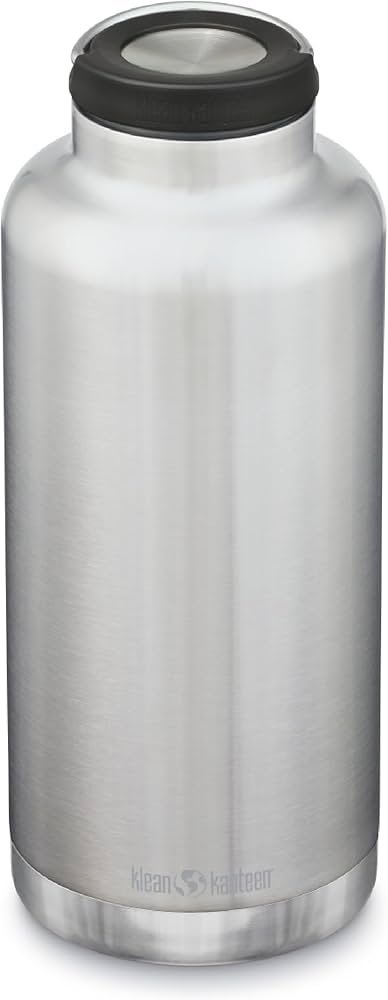 Best with Large Capacity Klean Kanteen TK Wide | 4.1/5 |
Best Overall: Coldest
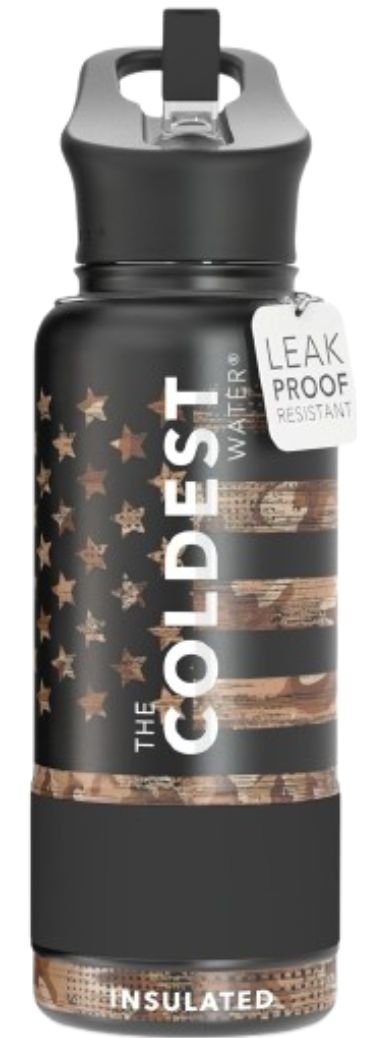
KEY FEATURES
PROS
CONS
Out of more than 50 bottles I’ve tested, none have matched the overall insulation performance of the Coldest. It’s the one I rely on when I need water to stay cold all day or hot until the evening. And unlike many bottles that specialize in one or the other, this one handles both without compromise.
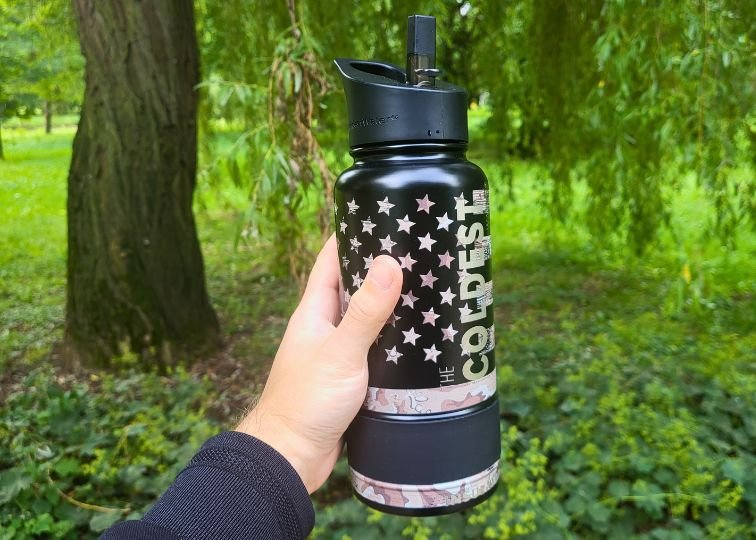
I always test insulation the same way, using three specific benchmarks:
- Cold water without ice should stay under 59°F (15°C) after 24 hours
- Cold water with a third of the bottle filled with ice should stay under 59°F after 72 hours
- Hot water should remain above 122°F (50°C) after 12 hours
The Coldest passed all three, with room to spare. Only a small handful of bottles in my collection have managed to do that.
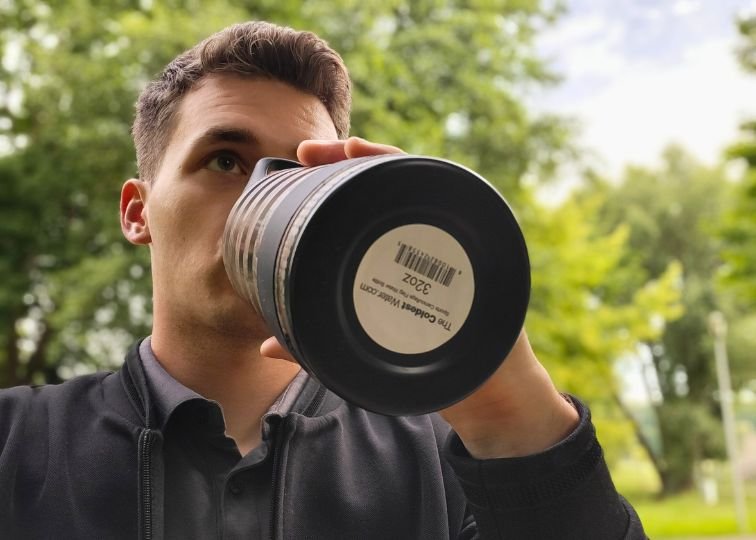
Performance aside, this bottle also offers excellent value. At $40 for the 32 oz size, it’s not a budget pick, but for what you get, it feels fair. It’s built to last, leakproof, and feels reassuringly solid in hand. It also comes with a lifetime warranty and a 30-day no-questions-asked return policy, which shows the company stands behind their product.
Cleaning it is straightforward too. While not every model is dishwasher-safe (unless it’s powder-coated), I find hand washing takes only a few minutes, and the wide opening helps make it hassle-free.
Design-wise, Coldest has gone far beyond just color options. They release bold prints, patterns, and limited edition drops that make the bottles feel more personal. I went with the “Camouflage Flag” design, and I’ve also picked up their “Gold Reflections” tumbler, which you can find in my best tumblers ranking. They both look stunning if you ask me!
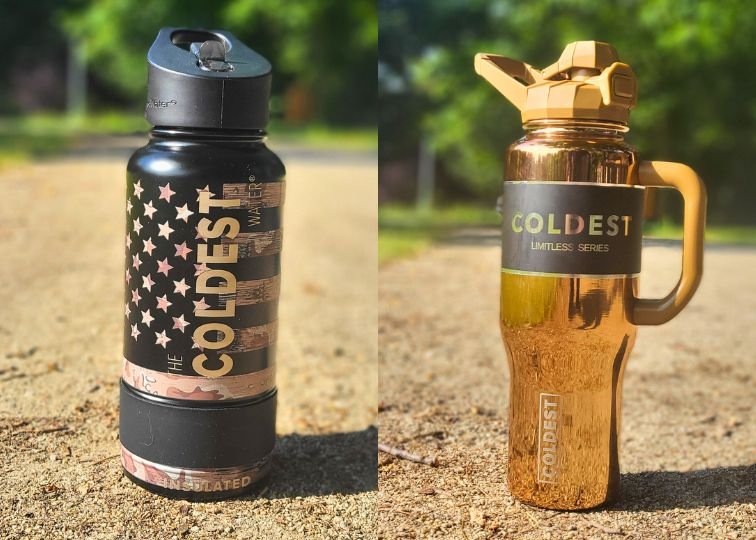
What really sets the brand apart, though, is the sense of community they’ve built. Coldest customers, or “coldies”, have access to a mobile app, exclusive rewards, and even a lively Discord server where people share tips, feedback, and recommendations. There’s also a VIP program with unlockable levels, discounts, and free stuff. It’s refreshingly different from the faceless, forgettable experience you get with most bottle brands.
If you’re considering it, I recommend starting with the 32 oz size and a straw lid. It’s versatile, easy to carry, and suits almost any part of your day.
Best Versatility: Hydro Flask
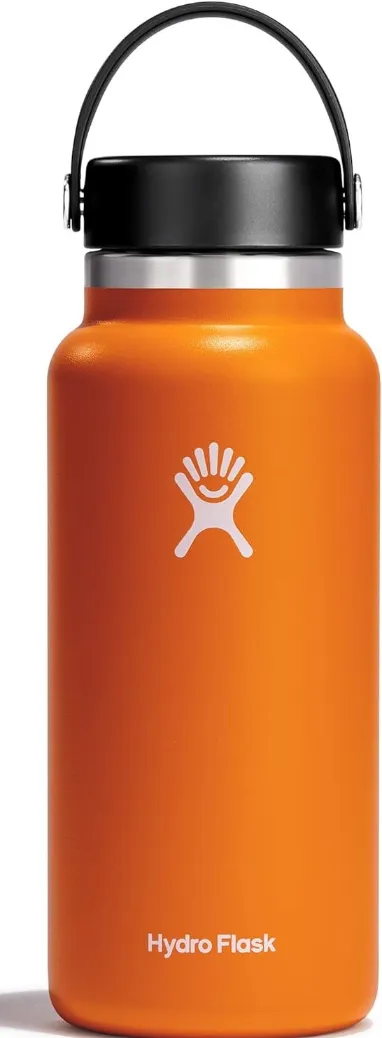
KEY FEATURES
PROS
CONS
If we judged bottles only by insulation performance, Hydro Flask wouldn’t be the undisputed king, but you want more than just good insulation.
A great water bottle has to be durable, easy to drink from, leak-proof, and just…nice to use. And that’s exactly why Hydro Flask stays in my daily rotation.
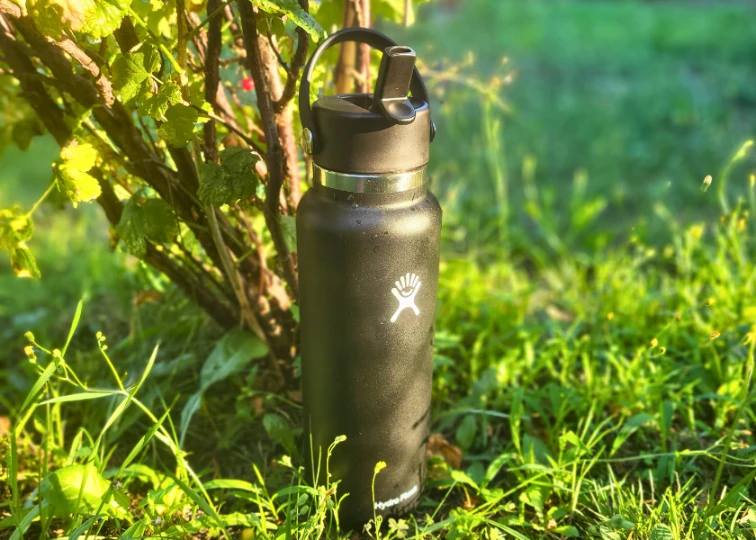
Insulation-wise, it’s been rock solid for me. Three years in, and my good ol’ 32 oz. version still performs like day one.
I tested it again recently: filled it with 32°F (0°C) water (no ice), and after 24 hours, it was still 54.5°F (12.5°C) – definitely still refreshing.
Throw in some ice (about 1/3 of the bottle’s capacity), and the water barely budged with 38.5°F (3.6°C) after a full day, with ice cubes still floating around.
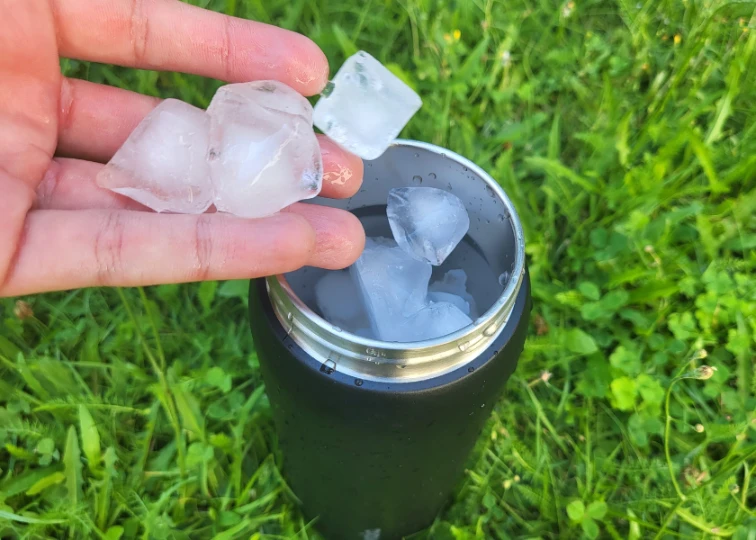
Hot drinks? I poured in 182°F (83.3°C) tea, and 12 hours later, it was 123.8°F (51°C) – not scalding, but definitely still hot enough to sip. A bottle like this is a blessing during the snowy winter.
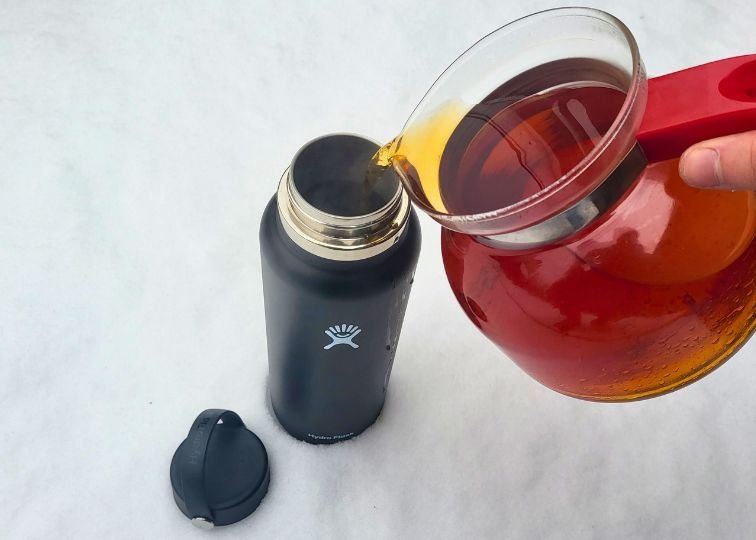
But Hydro Flask isn’t just about insulation. It’s a sleek, tough stainless steel bottle backed by a lifetime warranty.
The caps are pure quality as well. I mostly use my go-to Flex Cap, but if you want next-level insulation and to avoid plastic altogether, there’s a stainless steel cap worth checking out.
Best Heat Retention: Iron Flask
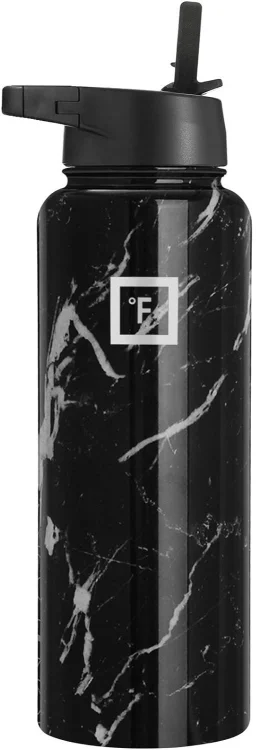
KEY FEATURES
PROS
CONS
If you’re looking for a more affordable alternative to Hydro Flask that doesn’t skimp on quality, Iron Flask is a fantastic choice.
It came in at third place in my ranking of best water bottles, with an excellent 4.37 out of 5 score across seven categories. The standout feature here is definitely its insulation.
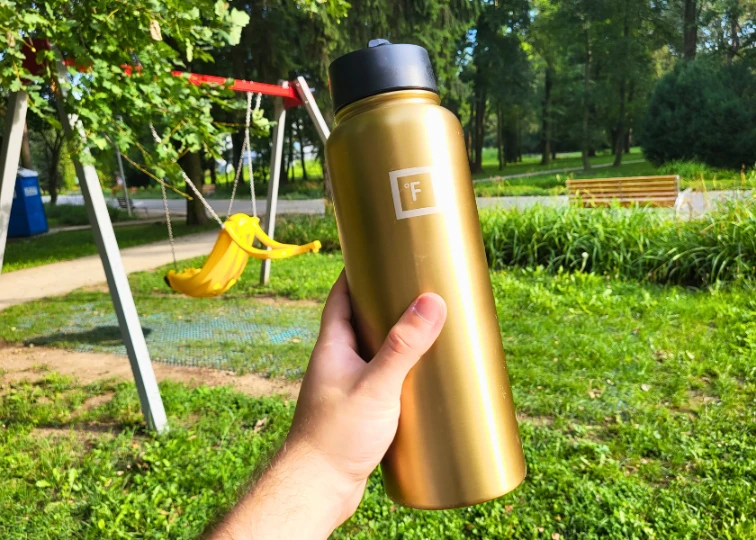
For the cold test, I filled my 40 oz. Iron Flask with water at 40.3°F (4.6°C), without any ice, and checked it 24 hours later. The temperature had only risen to 55.4°F (13°C), still pleasantly cool.
If you add ice, this bottle can keep your water cold for up to 48 hours.
When it comes to heat retention, I was equally impressed. I poured 203°F (95°C) tea into the bottle and checked after 12 hours. It was still at 135.9°F (57.7°C).
By 17 hours, the temperature had dropped to 123.4°F (50.8°C), which is still warm enough for me to appreciate a comforting drink. This is the best result among all bottles I own (apart from the Klean Kanteen thermos).

Iron Flask comes with three different lids, including a stainless steel one for even better insulation, and the bottle itself is durable and well-designed. While it’s not quite as premium as Coldest or Hydro Flask, it still feels high quality.
The best part is the price. I paid only $28 for the 40 oz. size, which is an incredible deal considering the size, level of insulation, extra lids, and the lifetime warranty.
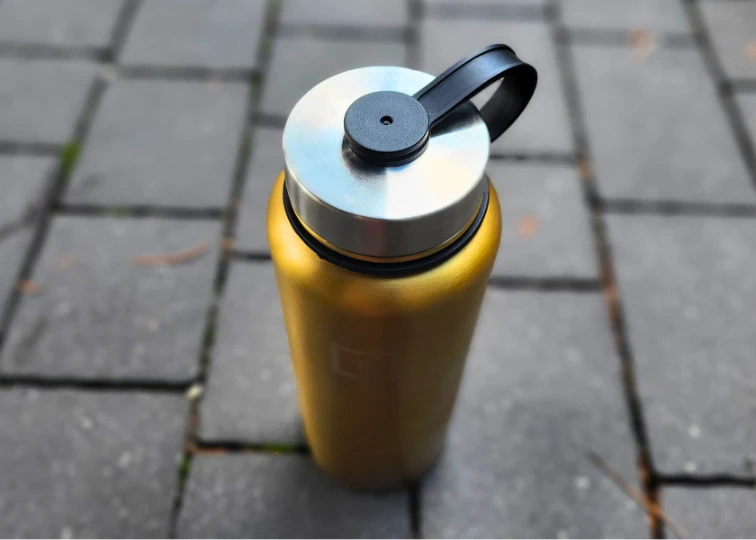
If you’re looking for a budget-friendly insulated bottle that performs like the more expensive options, Iron Flask is definitely worth a closer look.
Best Cold Retention: CamelBak Chute Mag
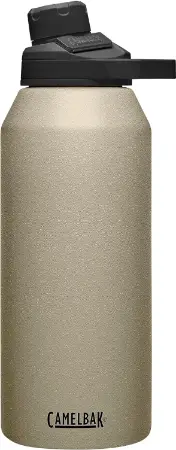
KEY FEATURES
PROS
CONS
The CamelBak Chute Mag shares third place with the Iron Flask in my ranking, both earning a solid 4.37 out of 5. While the score may be the same, the two bottles couldn’t be more different.
My 40 oz. CamelBak surprised me the most with its insulation performance.
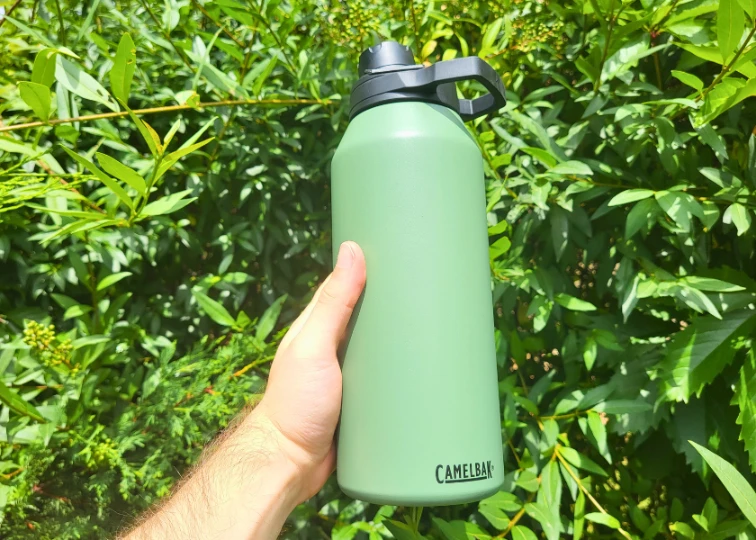
I started my testing by filling the bottle with 32°F (0°C) ice-cold water, and after 24 hours, the temperature had only risen to 46°F (7.8°C) – a mere 14°F (7.8°C) increase.
I gave it another 16 hours, and the water was still a very respectable 52.5°F (11.4°C). After 40 hours, it was still refreshingly cool.
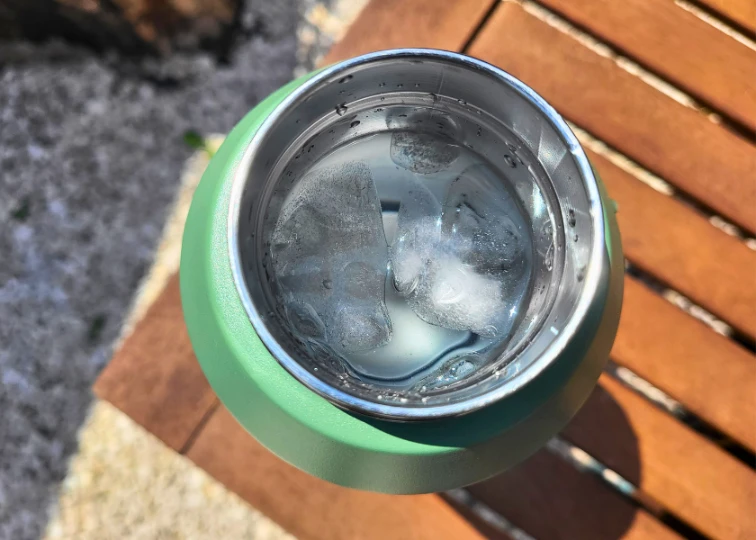
However, the CamelBak did fall a little short when it came to heat retention. I poured in 196°F (91°C) water to test its heat-holding abilities, and after 8 hours, the thermometer showed 123.2°F (50.7°C).
Even though it didn’t hit the 16-hour mark CamelBak promised, I decided to make an exception because, honestly, its cold retention is off the charts. 40 hours of cold water? WITHOUT ICE? I’ve never seen anything quite like it.
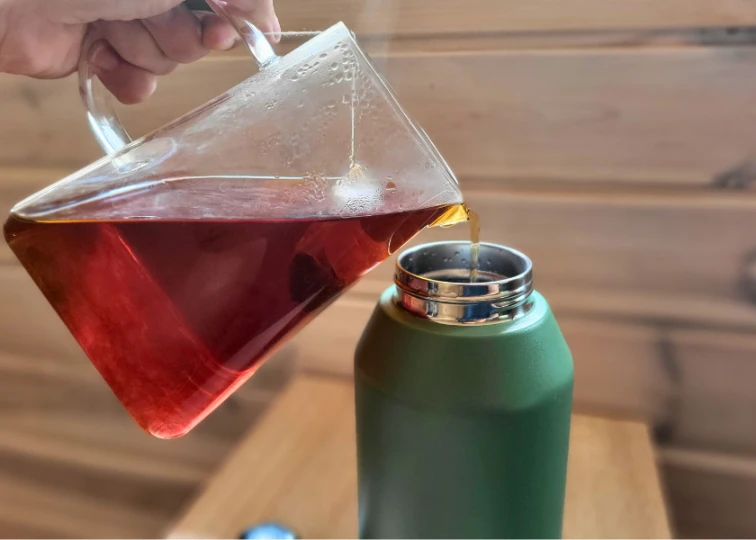
Beyond that, the CamelBak has a couple of neat features. The magnetic lid is a nice touch, staying securely in place when you need it to. My 40 oz size is not the most portable bottle, but it makes up for that with solid durability.
All in all, CamelBak is a bit of a hidden gem in the world of water bottles. Great insulation for cold drinks and a solid design make it well worth considering.
Best Portability: Hydro Flask Trail Series

KEY FEATURES
PROS
CONS
If you’re looking for something that’s ultra-portable but still delivers top-tier insulation, then the Hydro Flask Trail Series is where it’s at.
This bottle is a bit of an oddball in the Hydro Flask family. It’s built specifically with hiking in mind, but it’s not just for outdoor adventures.
I’ve tested this bottle on a few trails, and it’s been my go-to for hiking trips, but honestly, I take it everywhere. The 24 oz. version is 25% lighter than the standard Hydro Flask of the same size, and the perforated strap is super comfy to hold, easy to carry around all day.
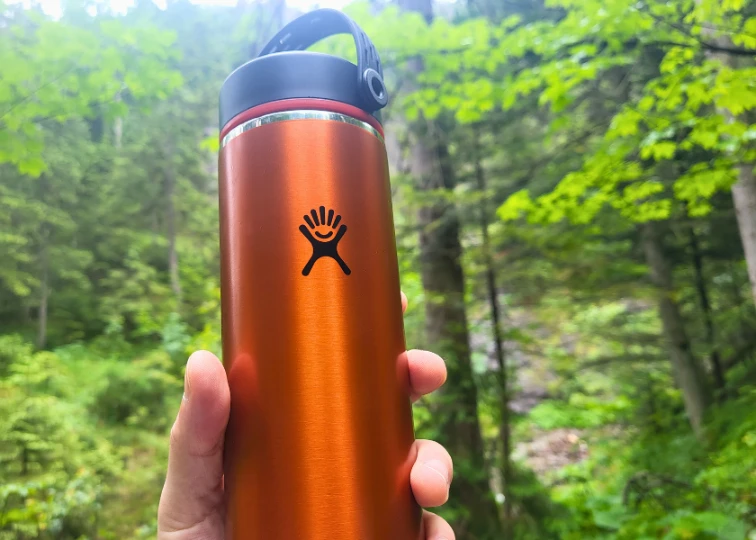
Now, insulation.
Over a 24-hour period, I filled it with water at 33°F (0.5°C), and after the full day, it had only warmed up to 56°F (13.3°C). Even then, the water was still refreshingly cold.
For the hot drinks crowd, I poured 203°F (95°C) tea into it and waited 12 hours. It dropped to 122.2°F (50.1°C), which is still pretty “hot” for most people.
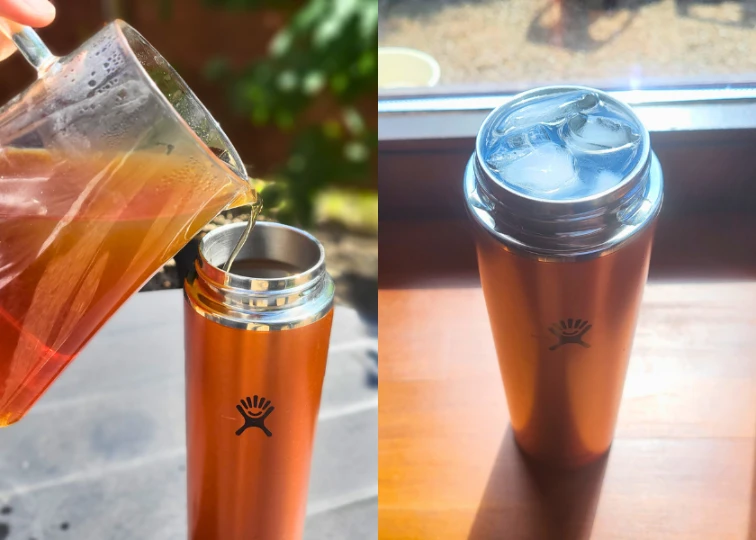
In a nutshell, the Hydro Flask Trail Series nails it with versatility and premium insulation. It’s not quite as durable as the standard Hydro Flask, but it more than makes up for it with its portability.
I have the 24 oz. version, but honestly, I’d recommend going for the 32 oz. or even 40 oz. versions. They are still lightweight and compact, but with a little extra capacity that I wish for.
Best with Large Capacity: Klean Kanteen TK Wide 64 oz
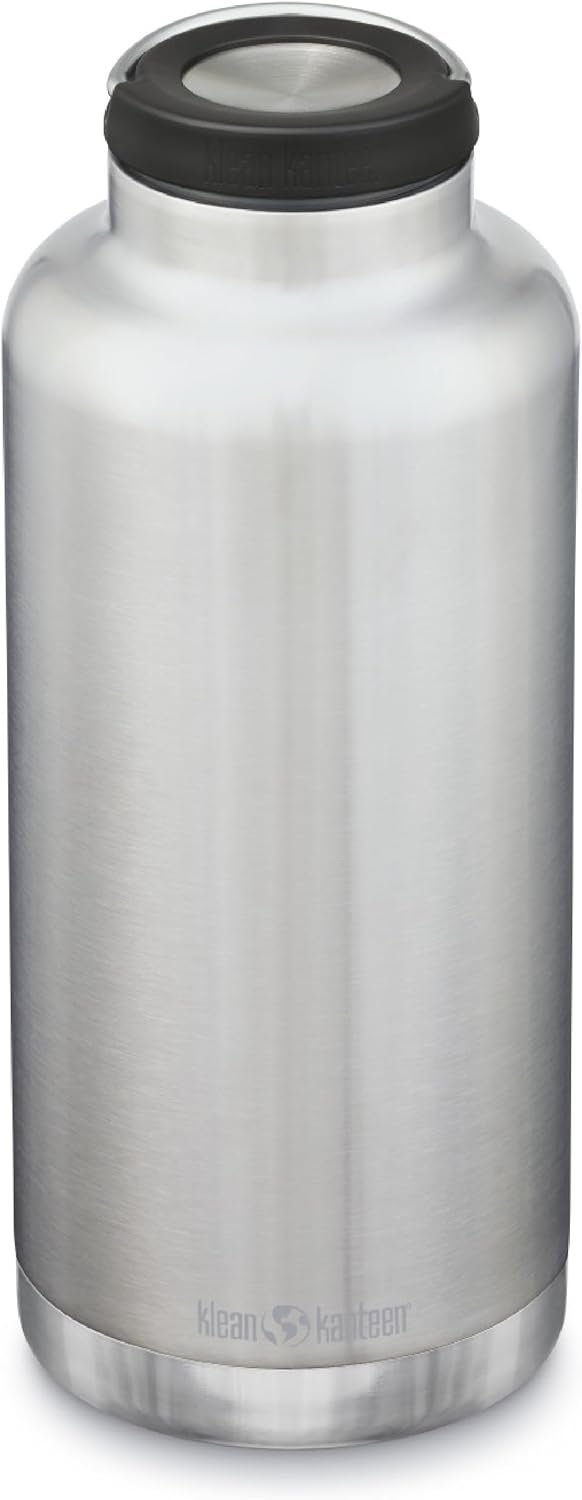
KEY FEATURES
PROS
CONS
If we’re willing to stretch the definition of a “water bottle” and let a proper thermos sneak into the ranking, then the Klean Kanteen TK Wide 64 oz. absolutely deserves a spot.
Sure, calling it a bottle feels like a stretch, but when it comes to pure insulation power, nothing else I own even comes close.
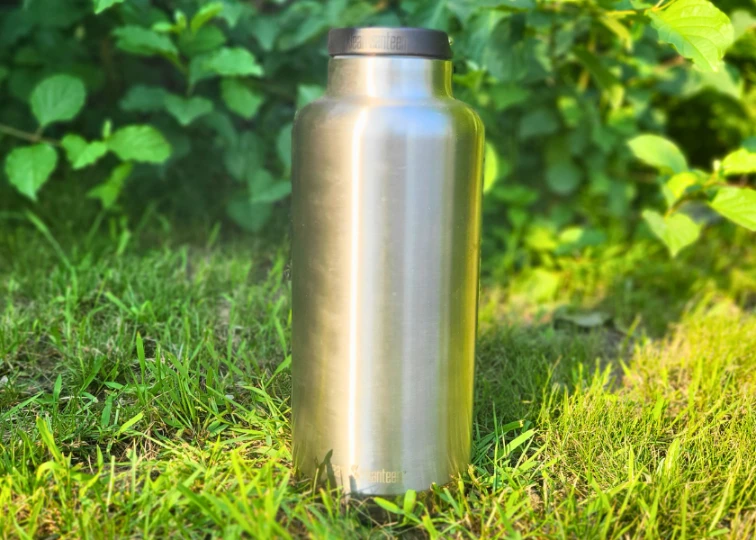
During my tests, my Klean Kanteen kept water cold for 24 hours without a single ice cube, barely budging from 32°F (0°C) to 47.7°F (8.7°C).
Honestly, I wouldn’t be surprised if it could hold a chill for two full days.
And if you do throw in some ice? Klean Kanteen claims 147 hours of cold retention – that’s over six days. At that point, it’s practically a portable glacier.
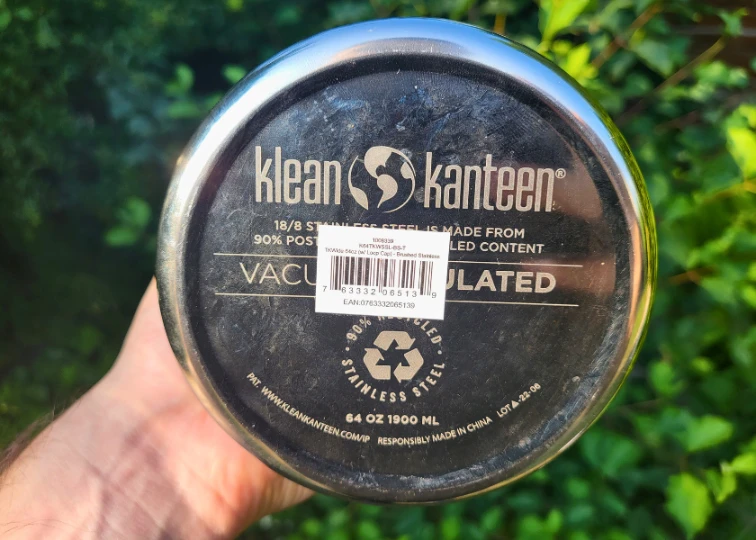
To top it off, tea or coffee stays hot for 40+ hours, making it perfect for long road trips, camping, or just forgetting about your drink and being pleasantly surprised two days later.
That said, it’s not the easiest bottle to carry around. The lid design isn’t my favorite, and lugging around 64 oz. of liquid isn’t exactly effortless. But if your number one priority is insulation, this thing is unbeatable.
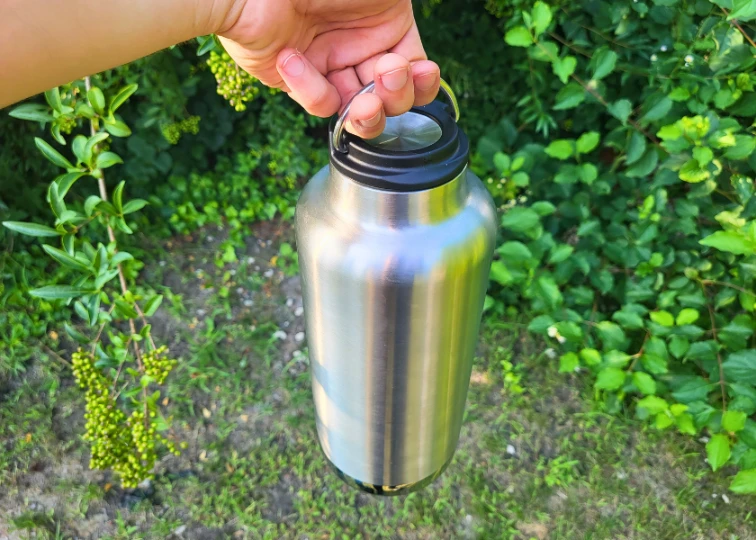
If you’re curious about other half-gallon bottles (or let’s be honest, jugs) that I use, check out my ranking of the best 64 oz. water bottles.
How to Choose an Insulated Water Bottle?
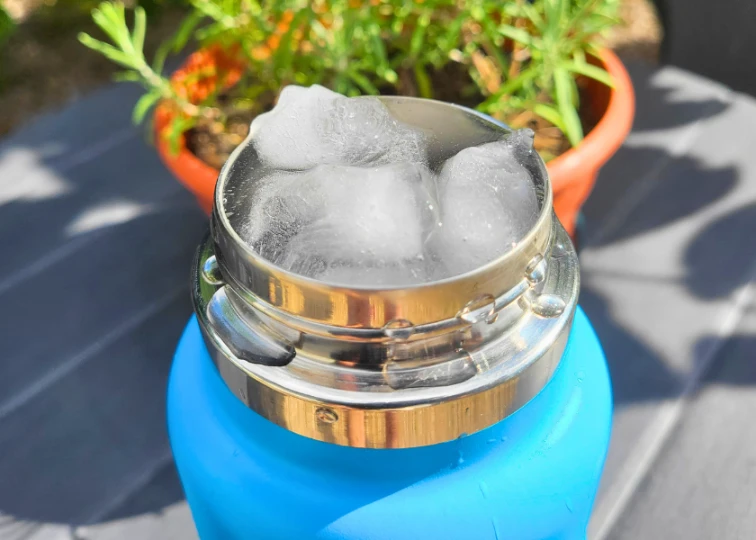
If you actually want a bottle that keeps your drinks at the perfect temperature for hours (instead of lukewarm disappointment), you need to consider a few things—some of which often get overlooked.
Insulation Type: Not All “Insulated” Bottles Are the Same
A bottle labeled “insulated” doesn’t automatically mean it’ll perform well. Look for double-wall vacuum insulation, which is the gold standard.
Some cheaper bottles only have a single-wall design or foam insulation, which won’t retain heat or cold nearly as well.
- Double-wall vacuum insulation → Best temperature retention.
- Foam or air insulation → Mediocre performance, often found in budget options.
- Single-wall stainless steel → No real insulation—these bottles sweat and won’t hold temp well.
Size Affects Insulation Performance
You’d think a bigger bottle always means better insulation, but that’s not necessarily true.
Larger bottles (64 oz+, like the Hydro Flask Oasis 128 oz.) hold temperature longer if they are completely full because there’s more thermal mass.
However, if they aren’t filled to the top, excess air inside speeds up temperature loss. Plus, larger bottles often have wider lids, which can lead to more heat exchange.
Smaller bottles (12-24 oz.) tend to lose temperature faster because they have more surface area relative to their volume, meaning external conditions affect them more quickly.
Medium-sized bottles (32-40 oz.) usually hit the sweet spot between insulation performance and portability.
Pro tip: If you’re getting a large bottle, try to fill it completely to maintain temperature longer.
Lid Design Is Just as Important as the Bottle Itself
The lid is often overlooked, but a poorly designed one can ruin insulation performance.
- Screw-on lids with insulation (e.g., Hydro Flask standard caps) keep temperatures stable for the longest time.
- Straw lids & flip lids are convenient but tend to have thin plastic seals that let heat escape faster.
- Wide-mouth vs. narrow-mouth: Wide-mouth bottles are easier to fill but expose more liquid to outside air when opened, which slightly reduces insulation.
If you want max insulation, my advice is to go for a screw-on lid with minimal openings.
What Is the Best Material to Insulate a Water Bottle?
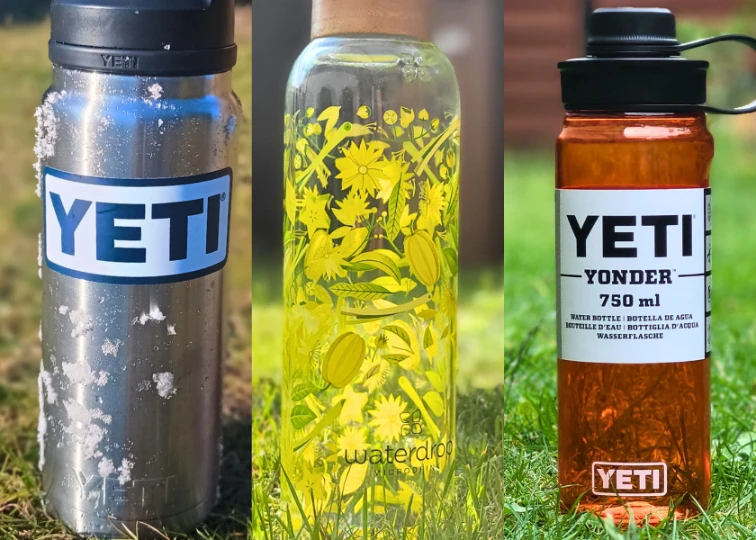
The best material for insulating a water bottle is stainless steel with double-wall vacuum insulation.
This design works by creating a vacuum-sealed space between two layers of stainless steel, significantly reducing heat transfer.
Nothing performs better than this combination!
Why Not Plastic or Glass?
Plastic bottles are lightweight and cheap, but they offer little to no insulation unless they include foam insulation, which still pales in comparison to vacuum-sealed stainless steel.
Glass, while non-toxic and taste-neutral, is even worse for insulation. It allows heat to escape almost instantly. Ever noticed how quickly your iced coffee in a glass cup turns lukewarm? That’s because glass is a poor thermal barrier.
You can see more differences between materials in my best water bottles materials guide.
Why Are Insulated Water Bottles so Expensive?
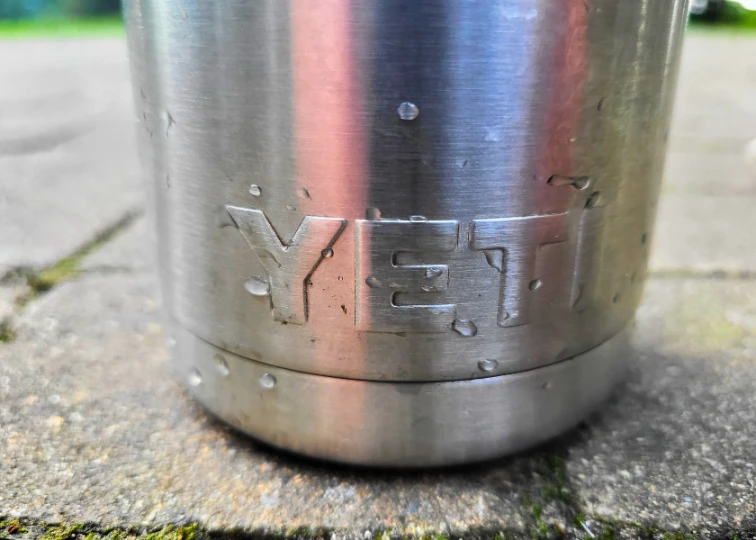
Insulated water bottles cost more because they use advanced vacuum insulation technology, which requires a complex manufacturing process.
High-end brands like Hydro Flask and YETI also use 18/8 stainless steel, which is food-safe, rust-resistant, and durable—unlike cheaper metals that can corrode or affect taste.
Beyond materials, the production process is far more intricate than making a plastic bottle. It involves precision welding, electropolishing (to prevent bacteria buildup), and quality testing to ensure the vacuum seal is airtight.
Many bottles also feature powder-coated exteriors for durability and grip, and even leak-proof lids.
Add in brand reputation, aggressive marketing, and the fact that insulated bottles have become status symbols (Stanley fanbase being a prime example), and the price starts to make sense.
Is It Safe to Drink Water from Insulated Water Bottles?
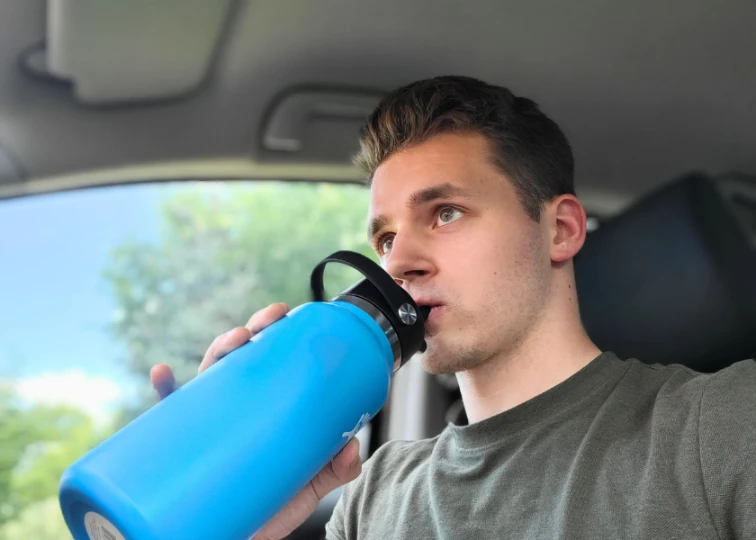
Yes, drinking water from insulated water bottles is completely safe, as long as the bottle is made from high-quality, food-grade materials like 18/8 stainless steel.
Stainless steel is non-reactive and doesn’t absorb flavors or odors. This makes it a safer and more durable choice, especially for storing hot beverages.
In fact, stainless steel is so resistant to contamination that it’s commonly used in medical and food industries for sterile environments.
Final Thoughts
I’m a firm believer that insulated bottles are by far the best type of water bottle. Sure, they come with a few quirks (like the added weight and lack of portability), but compared to other options, they just win.
Personally, I find myself reaching for an insulated bottle 90% of the time, and it’s not out of stubbornness. It’s just that, without even thinking about it, I prefer them. They’re my go-to.
But just because you spend a bit more doesn’t mean you’re automatically getting the best insulated bottle. A shiny label doesn’t always tell the full story.
That’s why I’ve created this ranking, based on my personal experiences. So you don’t have to drop hundreds of dollars trying out every single bottle yourself.
Take advantage of my trial-and-error and pick one from this list for the best possible experience.

Jeremiah Kowalski
Hey there! I’m Jeremiah, the guy behind WaterBottleAdvisor.com. I used to have a bad habit of guzzling sodas while working remotely, but thanks to reusable water bottles, I’ve turned my hydration game around. After testing over 50 bottles, I’m here to help you find the perfect one to make staying hydrated a joy, not a chore. When I’m not reviewing bottles, you’ll likely find me scaling steep trails around the world, trusty water bottle in hand.
